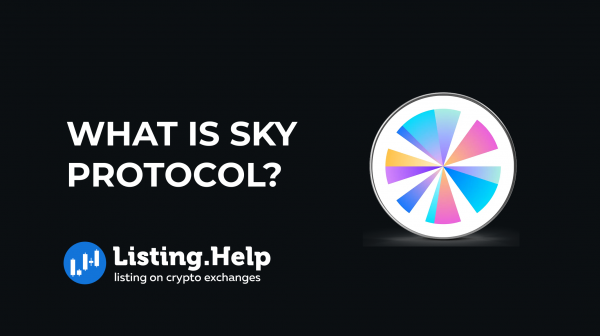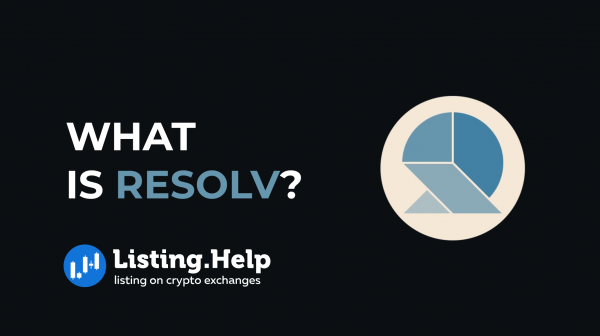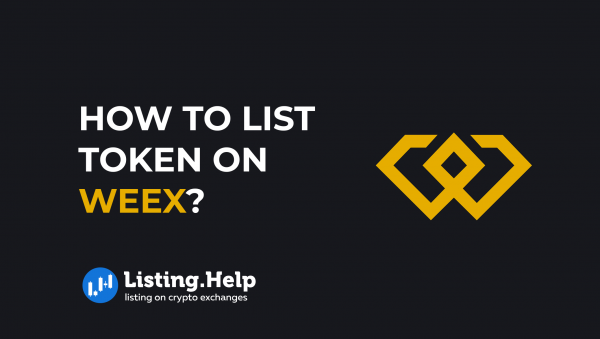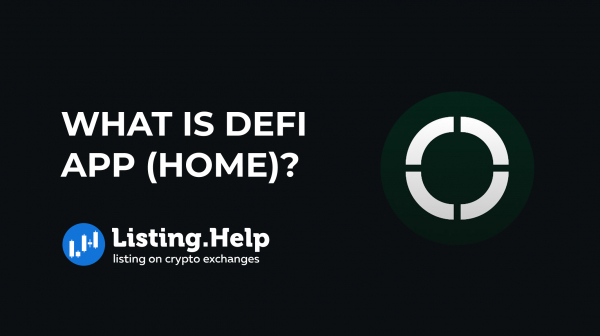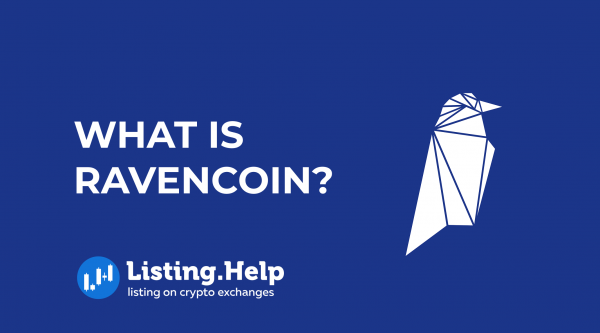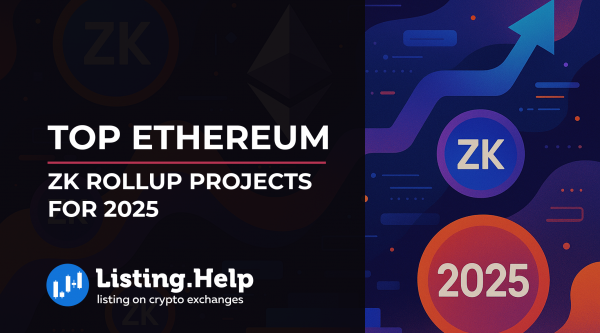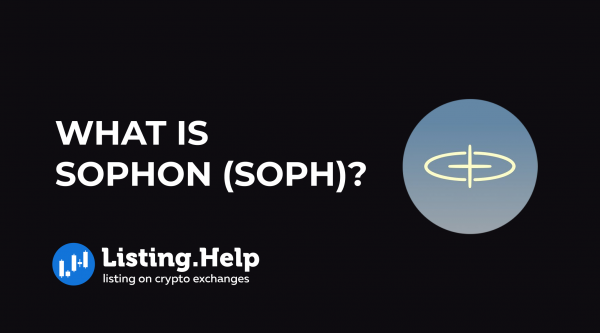What Is Layer 2 in Blockchain?
 January 28, 2024
January 28, 2024 Updated: January 27 2025, 07:21
Updated: January 27 2025, 07:21
LEAVE A REQUEST
Launching your own token project? Our experts are ready to help with listing on exchanges, market making, marketing and other solutions
SUBMIT APPLICATIONIn the blockchain world, particularly with Layer 1 networks, there are often challenges like slower transaction times and high gas fees, with Ethereum being a notable example. This is where Layer 2 scaling solutions come into play. Their primary goal is to enhance the efficiency of these transactions, making them not only faster but also more cost-effective.
When faced with the choice between paying hefty gas fees for a slower blockchain and opting for a more efficient, affordable alternative, the preference leans towards the latter. Layer 2 solutions address these pain points, offering a more practical and user-friendly experience.
What Is Layer 2?
Layer 2 refers to a secondary framework or system that is constructed on top of an existing blockchain, commonly known as a layer-1 network. The primary function of layer 2 is to augment the capabilities of the base layer, particularly in terms of scaling. By integrating with layer-2 solutions, blockchains can achieve significantly higher transaction throughputs, which is a critical aspect of blockchain scalability.
For a network or system to qualify as a true layer 2, it must inherently leverage the security features of the underlying blockchain. This means that the transactions occurring within the layer 2 network should ultimately be validated and confirmed by the base layer’s blockchain, rather than relying on an independent set of validators. This distinction is crucial; for instance, sidechains are often not categorized as layer 2 solutions because they typically utilize their own consensus mechanisms and validators, resulting in different security assurances compared to the primary blockchain.
Layer 2 solutions are particularly valuable for blockchains that prioritize high levels of decentralization and security, often at the expense of scalability. By implementing layer 2 networks, these blockchains can facilitate greater transaction volumes and speeds, potentially leading to reduced transaction fees. Essentially, layer 2 networks offer a viable approach to overcoming the scalability challenges in blockchain, allowing for rapid and scalable transactions without sacrificing the core principles of decentralization and security.
What is the Blockchain Scalability Trilemma?
Ethereum co-founder Vitalik Buterin introduced the concept of the blockchain scalability trilemma, which highlights a fundamental challenge in blockchain design. According to this concept, a blockchain network cannot simultaneously achieve optimal scalability, security, and decentralization. Instead, a trade-off is inevitable, allowing a network to excel in only two of these three critical aspects at any given time.
Layer 2 solutions emerge as a response to this trilemma, premised on the idea that the scalability issue stems from the overburdening of blockchains with multiple core functions. Presently, blockchains serve three primary roles:
1. Execution: This refers to the blockchain’s capability to process transactions and other computational tasks. The efficiency of a blockchain in this regard is measured by its throughput, or the number of computations it can handle per second.
2. Data Availability: This aspect covers the storage demands for nodes and validators, encompassing transaction data, state information, and more. The requirements are quantified in standard storage units like megabytes or gigabytes.
3. Consensus: This is the process of achieving widespread agreement among nodes and validators on the network’s status and the sequence of transactions. The effectiveness of consensus mechanisms is assessed by the degree of decentralization they offer and the time-to-finality, which is the duration needed for all nodes to concur on a specific state change.
Layer 2 technologies are designed to alleviate the strain on blockchains by offloading some of these functions, thus addressing the scalability challenges without compromising on security or decentralization.
Layer 2 Security and Cryptographic Proof
The concept of “proof” is crucial for maintaining the integrity of the system. Analogous to evidence in the physical realm, cryptographic proof in blockchain offers objective and immutable evidence that specific transactions have occurred. This type of proof is essential for layer 2 systems to uphold the security standards of their base blockchain.
Imagine a situation in a payment channel where a participant, such as Bob or Alice, acts in bad faith during the channel’s closure, trying to claim funds unfairly. They might attempt this by presenting an outdated transaction ledger. A fundamental aspect of these channels is that each transaction requires cryptographic signatures, serving as verifiable evidence to the governing smart contract for dispute resolution.
For example, if Alice submits an older ledger version favoring her, Bob can counter this by providing a more recent and accurate ledger. The smart contract then makes a fair settlement based on the latest and most valid ledger, punishing any dishonest actions.
The function of the smart contract in dispute resolution defines payment channels as layer 2 solutions. This mechanism is akin to providing proof and ensuring its enforcement. Every transaction within the channel is signed, recording all activities. However, mere proof isn’t enough; enforcing the truth is essential, much like how a judge oversees a trial in a courtroom.
The smart contract plays this judicial role, enforcing the rules and guaranteeing that each party receives their rightful amount on the base chain. This process demonstrates how layer 2 solutions adhere to the decentralization and security principles of the underlying blockchain. While the bulk of transactions and operations occur off-chain in the payment channel, if a consensus for settlement is required, the base blockchain’s robust consensus layer steps in to make the ultimate decision. This synergy ensures that layer 2 networks not only boost efficiency and scalability but also maintain the core security values of the primary blockchain.
Types of Layer 2 Blockchains
Sidechains:
Sidechains are independent blockchains that are connected to a main chain through a two-way bridge. This setup allows for assets to be moved back and forth between the main chain and the sidechain. For instance, if Ethereum’s gas fees are too high, a user can transfer their ETH to a sidechain like Polygon to benefit from lower transaction costs. Sidechains function by providing a parallel platform for transactions, thereby reducing the load on the main chain.
State Channels:
State channels enable users to conduct numerous transactions off-chain while only recording the initial and final transactions on the main blockchain. These channels maintain the privacy of transactions through a smart contract, which only publicizes the first and final transactions on the main ledger. State channels offer the advantage of lower fees and faster transactions by reducing the dependency on miners for validation. Notable examples include the Lightning Network, designed for smaller, time-bound transactions, and the Raiden Network, which facilitates the creation of smart contracts through its channels.
Nested Blockchains:
Nested blockchains operate within or atop a main chain, akin to a subsidiary structure. They handle transaction execution and relay the results back to the main chain. This relationship can be compared to a parent-child dynamic, where the main chain (parent) delegated tasks to the nested chain (child), which then reported back. OMG Plasma, built on Ethereum, exemplifies a nested blockchain, enhancing transaction speed and reducing costs.
Rollups:
Rollups work by aggregating multiple transactions into a single data block before periodically submitting this consolidated information back to the main chain. This approach streamlines the transaction process, making it more efficient and cost-effective. Rollups are particularly significant in Ethereum’s context, with Vitalik Buterin indicating their continued relevance even after the launch of Eth 2.0. They represent a key solution for managing the scalability challenges faced by Layer 1 blockchains.
Conclusion
In summary, Layer 2 solutions in blockchain offer a vital improvement in scalability and efficiency, addressing the core challenges of Layer 1 networks like Ethereum. These technologies, including sidechains, state channels, nested blockchains, and rollups, not only expedite transactions and reduce costs but also maintain the essential qualities of security and decentralization. They are key to resolving the blockchain scalability trilemma, paving the way for broader adoption and growth of blockchain technology.

For further insights into blockchain advancements, visit our blog at Listing.Help and stay ahead in the world of blockchain innovation.






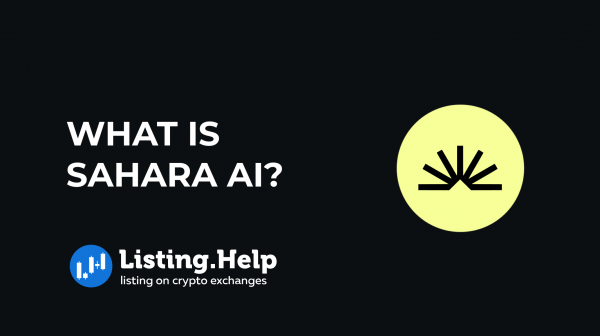
 July 2, 2025
July 2, 2025 